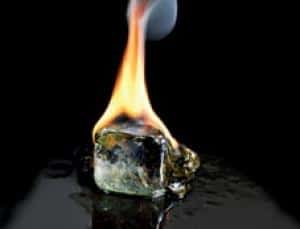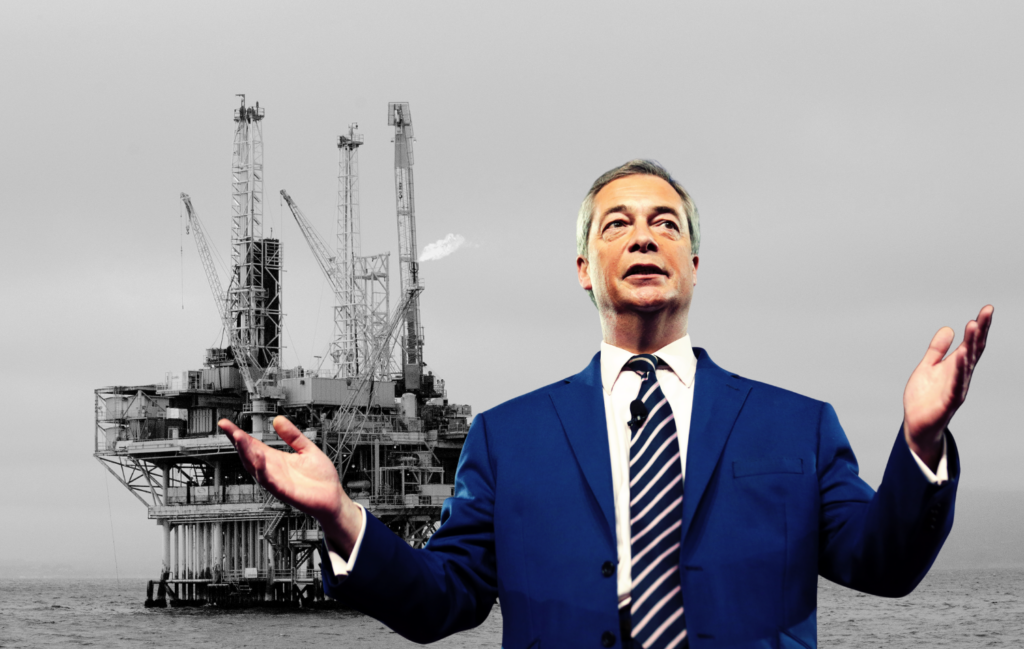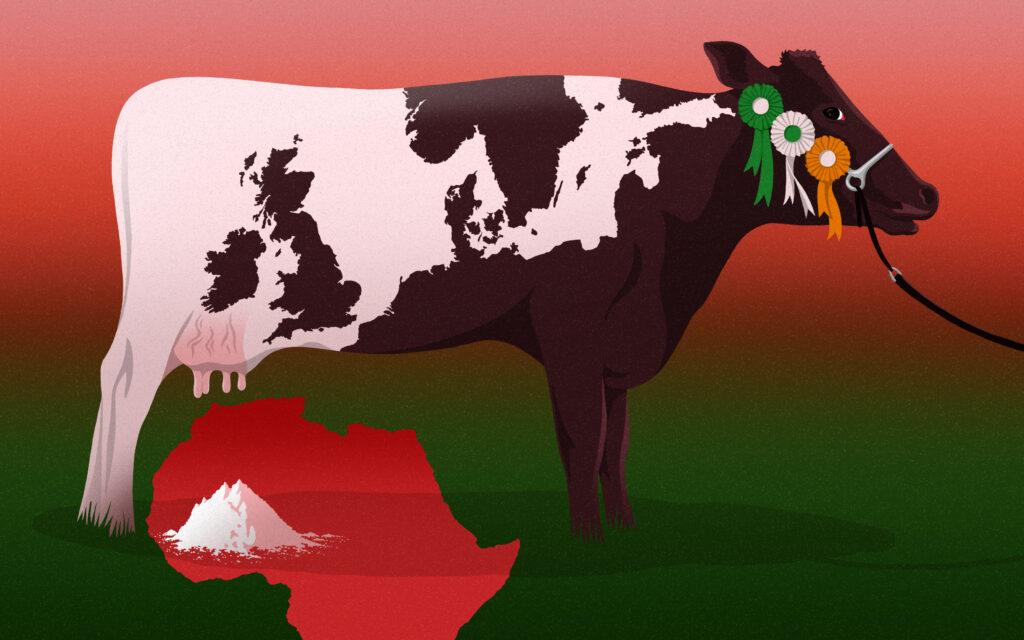Three academics walk into a bar.
After what must have been the worst happy hour ever, they emerge having discovered that melting oceanic permafrost could come with a hefty $60 trillion dollar price tag, slightly less than the entire world economy.
We calculate that the costs of a melting Arctic will be huge, because the region is pivotal to the functioning of Earth systems such as oceans and the climate. The release of methane from thawing permafrost beneath the East Siberian Sea, off northern Russia, alone comes with an average global price tag of $60 trillion in the absence of mitigating action — a figure comparable to the size of the world economy in 2012 (about $70 trillion). The total cost of Arctic change will be much higher.
Penned in a recent issue of Nature, Gail Whitman (Sustainability professor at Erasmus University Netherlands), Chris Hope (Policy modeler, University of Cambridge) and Peter Wadhams (Ocean physics, University of Cambridge) set out to calculate the economic consequences of an ice-free Arctic, which some have estimated could happen as early as 2020.
Their main concern followed the melting of underwater permafrost – called methane clathrates – in which natural methane gas beneath the ocean is trapped in frozen beds of ice. Normally, the cold temperatures of ocean water and high pressure of ocean sitting atop the clathrates keep them in place. But with the Arctic ice cap quickly melting, the warming may penetrate farther toward the ocean floor and release this 50 Gt reservoir of methane.
Like stinky bubbles emanating from their Arctic bathtub, methane, a much more powerful greenhouse gas than CO2 with about 20x the warming capability, could either be released gradually over time, or in one fell swoop, accelerating atmospheric warming.
The authors explain that despite the fact that the excess emissions would originate in the Arctic, many of the consequences would predominantly be felt in developing nations in the form of “extreme weather, poorer health, and lower agricultural production.”
This new information counters more recent arguments that an open Arctic will be economically beneficial. Many countries have gotten a head start on the land grab to exploit the region’s resources and oil reserves. Others have looked forward to being able to use the Northern Sea Route across Russia, saving ships thousands of miles of traveling distance instead of having to ship goods the long way around southern Asia.
So what excuse is the denier peanut gallery trotting out this time? Over at JunkScience, a few commenters think they have it all figured out:
Then the methane should be captured, sequestered, and oxidized into the less-powerful climate agents carbon dioxide and water vapor. Might as well do that in a boiler and generate [sic] electricty. Or sequester it into people’s homes so they can keep warm while they reduce the risk of climate change.
Bonus points on this one for admitting that climate change imposes a risk and stems from greenhouse gases. However, they do miss the point that the idea would be to curb these emissions in the first place. Burning methane into carbon dioxide still means CO2 would accumulate in the atmosphere and accelerate future consequences.
Permafrost is a carbon sink. Thaw the plants and they will grow and absorb carbon. Otherwise, where did the big pile of frozen plant matter come from? You know, the plant matter that is emitting the methane? It didn’t accumulate while the [sic] pants were frozen.
Unless ancient rainforest trees are magically sprouting out of permafrost soil, we’re going to have to throw this idea out the window. Permafrost is frozen soil heavy in organic matter, but organic matter does not equal plants. It contains methane because the organic matter decays over time. At the ocean floor, permafrost here is refering to frozen natural gas.
America’s brain trust aside, the real scientists have put it quite simply,
“There is a steep global price tag attached to physical changes in the Arctic.”
Subscribe to our newsletter
Stay up to date with DeSmog news and alerts







